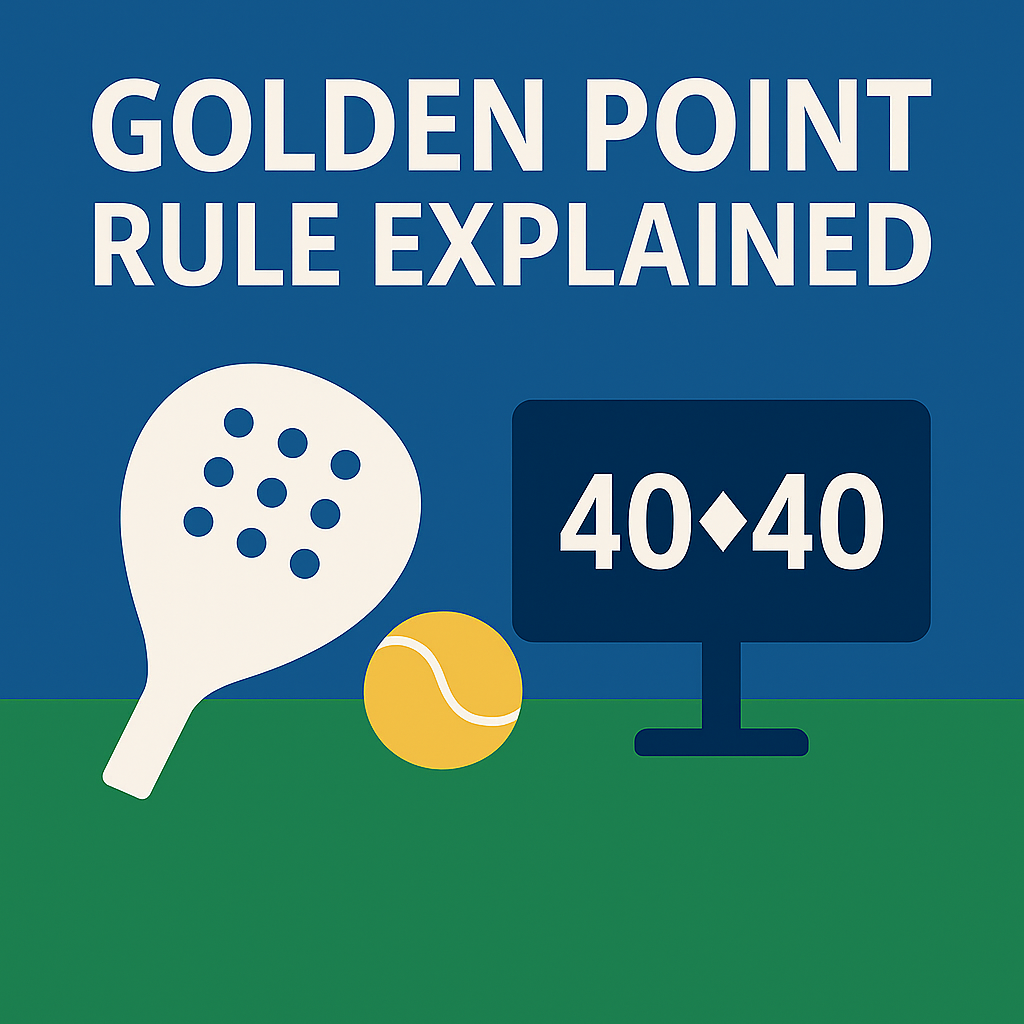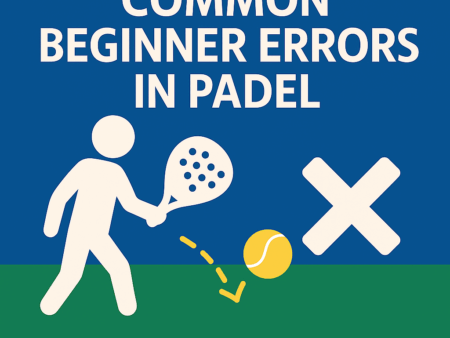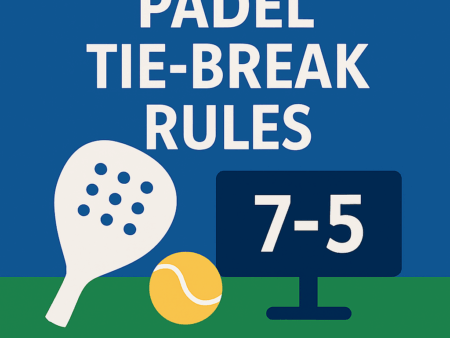
The Golden Point is one of the most distinctive and influential rules in padel. Introduced to speed up matches and create more excitement, it replaces the traditional tennis-style “deuce” with a single, decisive point.
This guide explains exactly how the Golden Point works, why it matters, the strategy behind it, and how it impacts both players and bettors.
🟦 What Is the Golden Point?
In padel, when a game reaches 40–40, the next point wins the game. There is no “advantage” or back-and-forth like in tennis.
This high-pressure moment is known as the Golden Point.
Key features:
- One point decides the entire game
- Receiving team chooses who receives serve
- Increases match suspense
- Creates more momentum swings
This rule makes padel faster and more tactical.
🟩 Why the Golden Point Exists
The Golden Point was introduced to:
- Speed up match length
- Prevent excessively long service games
- Increase tension and unpredictability
- Make padel more TV-friendly
It’s now standard in Premier Padel, FIP events, and most national federations.
🟨 How the Golden Point Works (Step-by-Step)
1. Score reaches 40–40.
This triggers the Golden Point.
2. The receiving team chooses the receiver.
They can decide:
- Left-side player receives
- Right-side player receives
3. One point is played normally.
If server wins → they win the game.
If receiver wins → return team wins the game.
There is no:
- Advantage
- Repeat deuce
- Multiple deuce cycles
Just one shot at the game.
🟧 Strategy for the Golden Point
The Golden Point is a test of:
- Nerves
- Communication
- Tactical awareness
For the receiving team:
They choose the receiver strategically:
- Who is playing better?
- Who handles pressure well?
- Which side is the server weaker into?
- Is the server left-handed or right-handed?
For the serving team:
Common tactics:
- Serve wide to force a weak return
- Serve at the weaker opponent
- Reduce risk and aim for consistency
The Golden Point becomes a mini mind game.
🟫 How Often Does the Golden Point Occur?
Golden Points occur frequently, especially in:
- Defensive-style matches
- Outdoor matches
- Evenly matched pairs
- Matches with consistent holding of serve
A typical match may see anywhere from 8–20 Golden Points.
🟥 Success Rates at Golden Point
While it varies by level, data trends show:
- Serving teams win slightly more Golden Points overall
- Defensive teams win more Golden Points outdoors
- Experienced pairs handle pressure significantly better
Golden Point performance is a major indicator of mental toughness.
🟦 Tactical Examples
Example 1: Indoors vs Aggressive Servers
Serve team often targets a predictable weakness → high win rate.
Example 2: Outdoors in Windy Conditions
Receiving team may gain advantage due to:
- Risky overheads
- Unpredictable ball trajectory
Example 3: Lefty + Righty Combinations
Side choice becomes a major strategic factor.
🟩 How the Golden Point Affects Playing Styles
Offensive teams:
- Try to avoid Golden Points by finishing points earlier
- Use serve + volley patterns
Defensive teams:
- Aim to reach Golden Point to force pressure errors
Hybrid teams:
- Use tactical mix (serve to body, chiquita returns)
Golden Points often determine momentum.
🟨 Golden Point Psychology
Players must manage:
- Pressure
- Crowd noise
- Partner expectations
- Tactical clarity
Nervous players tend to:
- Choose the wrong receiver
- Rush volleys
- Overhit returns
Confident players thrive.
🟧 How the Golden Point Impacts Betting
One of the biggest hidden edges in padel betting comes from analysing Golden Point patterns.
Golden Points influence:
- Live odds swings
- Set momentum
- Totals (longer or shorter games)
- Underdog chances (defensive underdogs thrive outdoors)
Key metrics to track:
- Team Golden Point win %
- Golden Points won on serve vs return
- Pressure performance late in sets
- Outdoor vs indoor differences
Strong Golden Point performers often win tight matches.
🟫 Common Mistakes Players Make
Avoid:
- Choosing the wrong receiver
- Over-attacking risky shots
- Ignoring wind or conditions
- Playing Golden Points too predictably
- Going for winners too early
Golden Point discipline separates elite teams from average ones.
🟥 Summary
The Golden Point is one of padel’s defining rules:
- Occurs at 40–40
- Receiving team chooses the receiver
- One point decides the game
- Adds pressure, strategy, and unpredictability
Understanding Golden Point tactics is essential for:
- Players improving decision-making
- Coaches analysing performance
- Bettors predicting momentum swings and match outcomes
Next: Page 8 — Padel Serve Rules and Variations.


